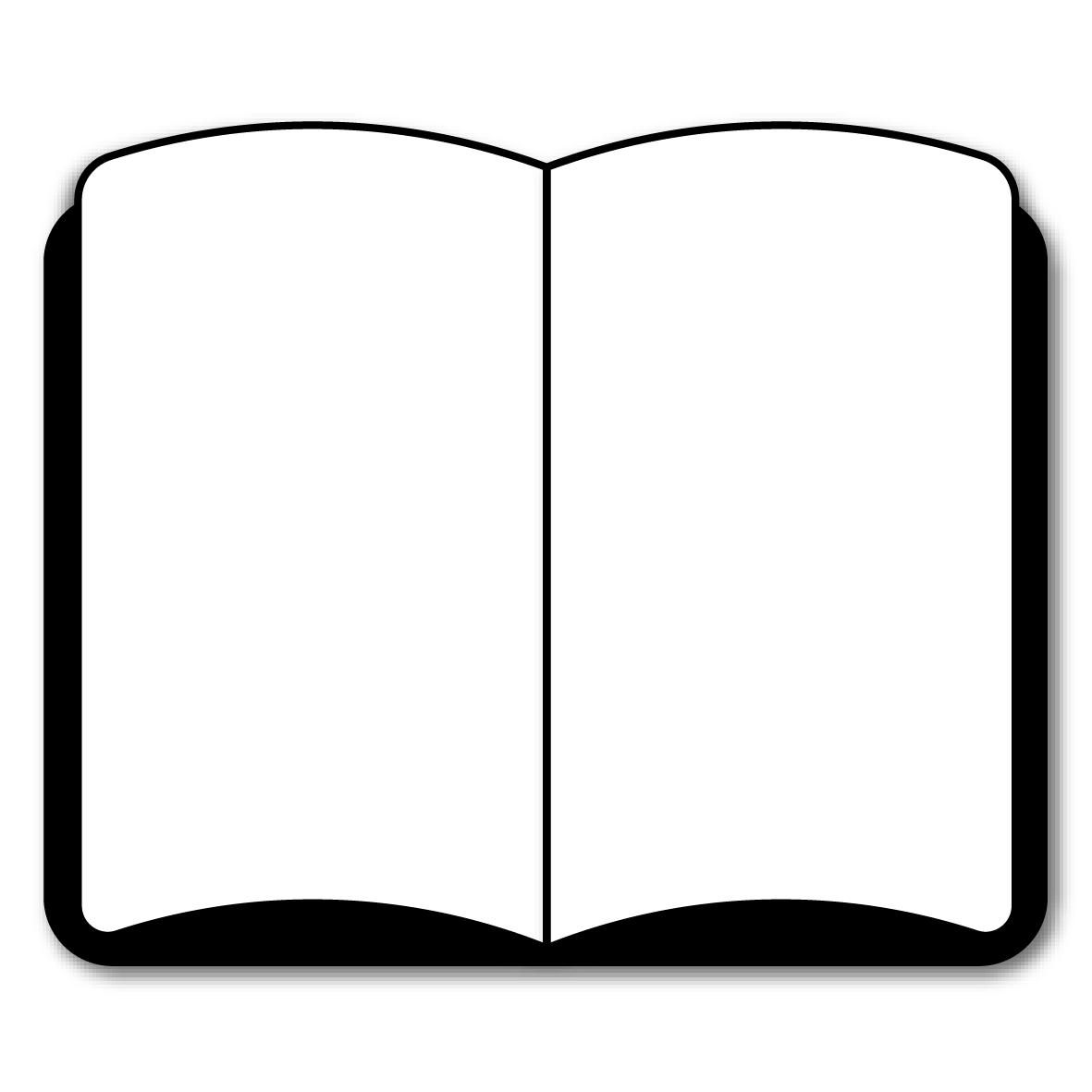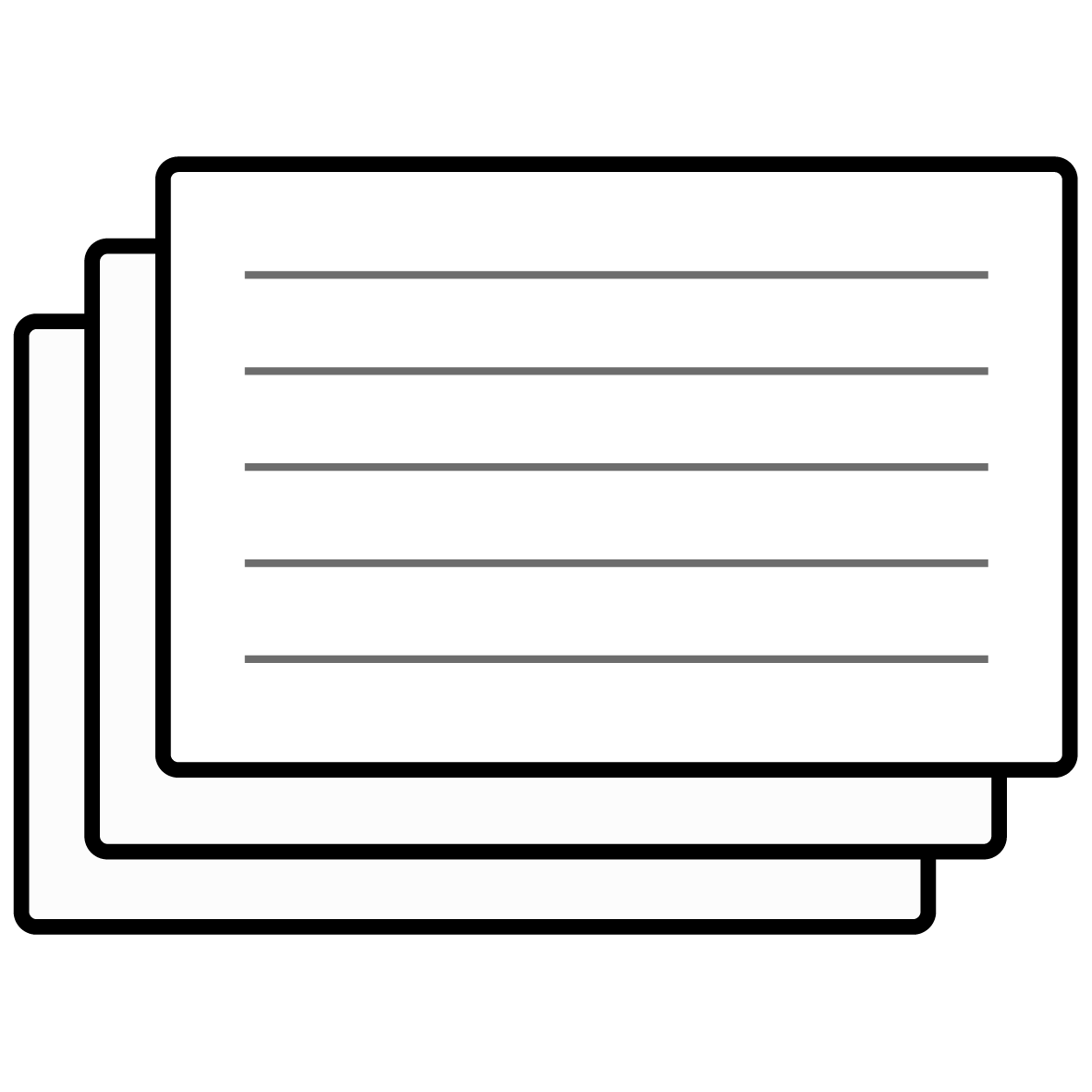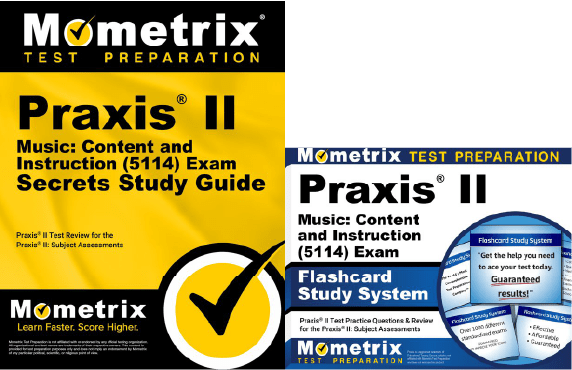If you need help studying for the Praxis® Music: Content and Instruction test or just want some more information about what the test is like, you’ve come to the right place!
Click below to take a free Praxis Music: Content and Instruction practice test!
What’s on the Exam?
First, let’s talk about the questions on the Praxis Music: Content and Instruction test. There are 87 questions in total, some being selected-response and others being constructed-response.
84 questions
Selected-response questions require you to select the correct answer from a list of options. Multiple-choice questions are the most common example, but you may also see true-or-false questions and “matching” questions, which ask you to match terms or concepts with their definitions.
Constructed-Response (CR)
3 questions
The constructed-response questions require you to write your answer instead of selecting from a list of choices. Your response to these questions is generally expected to be at least a few sentences, but you’ll be given specific details and instructions before you take the test.
The time limit for the test is 2 hours. There aren’t any scheduled breaks, but you’re free to take restroom breaks as needed!
Let’s take a closer look at the different sections of the test:
1. Music History and Theory
32 questions
This is what you’ll see covered in this section:
- History of major musical style developments
- Significant characteristics of important musical styles and historical periods
- The styles of various world musics and their cultural functions
- Analyzing music in aural and written forms
- Applying basic music theory concepts when composing, orchestrating, and arranging vocal and instrumental parts
- Understanding how musical sounds vary
- Various sources of printed and electronic information on music theory and literature
2. Performance
24 questions
- Identifying audible musical errors
- Basic conducting techniques
- Interpretation of notation and expressive elements for performance
- Preparing a musical score for rehearsal and performance
- Basic accompaniment techniques
- Instrumental and choral tuning
- Concert etiquette for performance and audiences
- The practical relationships between acoustics and performance
3. Instruction, Professional Issues, and Technology
28 questions
- Instructional strategies for different class settings
- Local, state, and national standards in planning and instruction
- Classroom management
- Planning and differentiating instruction
- Modifying instruction to accommodate student needs
- Promoting care and maintenance of instruments and materials
- Basic improvisational techniques
- Basic composition and arranging techniques
- Teaching a variety of musical concepts through performance literature
- Fostering musically expressive experiences
- Professional ethics and legal issues
- National Core Arts Standards
- Professional organizations and resources in music education
- Current trends and issues in music education
- Advocacy for music in the curriculum
- Basic administrative responsibilities in the music program
- Introducing available career opportunities to students
- Current technologies used in performance and recording
- Desktop music publishing software for pedagogical purposes
- Appropriate uses of music software and internet technology
4. Instructional Activities
3 questions
- Instrumental music instruction
- Vocal music instruction
- General music instruction
How to Register
To register for the test, you’ll need to create an account on the ETS website. Once your account has been created, you can submit your application to take the test.
When you submit your registration, you will need to pay the $156 testing fee.
Praxis Scores
The Praxis Music: Content and Instruction test is scored using a scaled scoring method. Here’s how it works:
For every question you answer correctly, you get one point added to your raw score. At the end of the test, your final raw score will be converted to a scaled score. This scaled score will range somewhere between 100 and 200.
The reason your raw score is converted to a scaled score is because everyone that takes the test is given a slightly different set of questions. Since everyone has a different arrangement of questions, and because some questions are harder than others, converting your raw score to a scaled score ensures a more even playing field.
FAQs
How many questions are on the Praxis 5114 exam?
The exam contains 87 questions.
What is the time limit for the Praxis 5114 exam?
The exam is timed at 2 hours.
What is the passing score for the Praxis 5114 exam?
You’ll need to get a final score of at least 162 to pass.
How much does the Praxis 5114 exam cost?
The testing fee is $156.
Praxis is a registered trademark of Educational Testing Service, which is not affiliated with Mometrix Test Preparation and does not endorse this page.



 Praxis 5114 Study Guide
Praxis 5114 Study Guide Praxis 5114 Flashcards
Praxis 5114 Flashcards